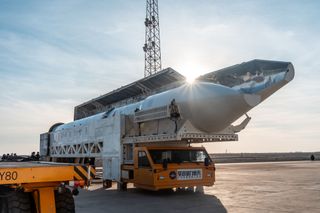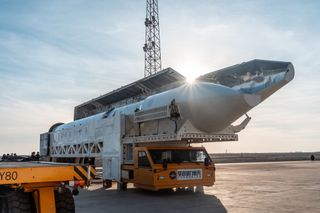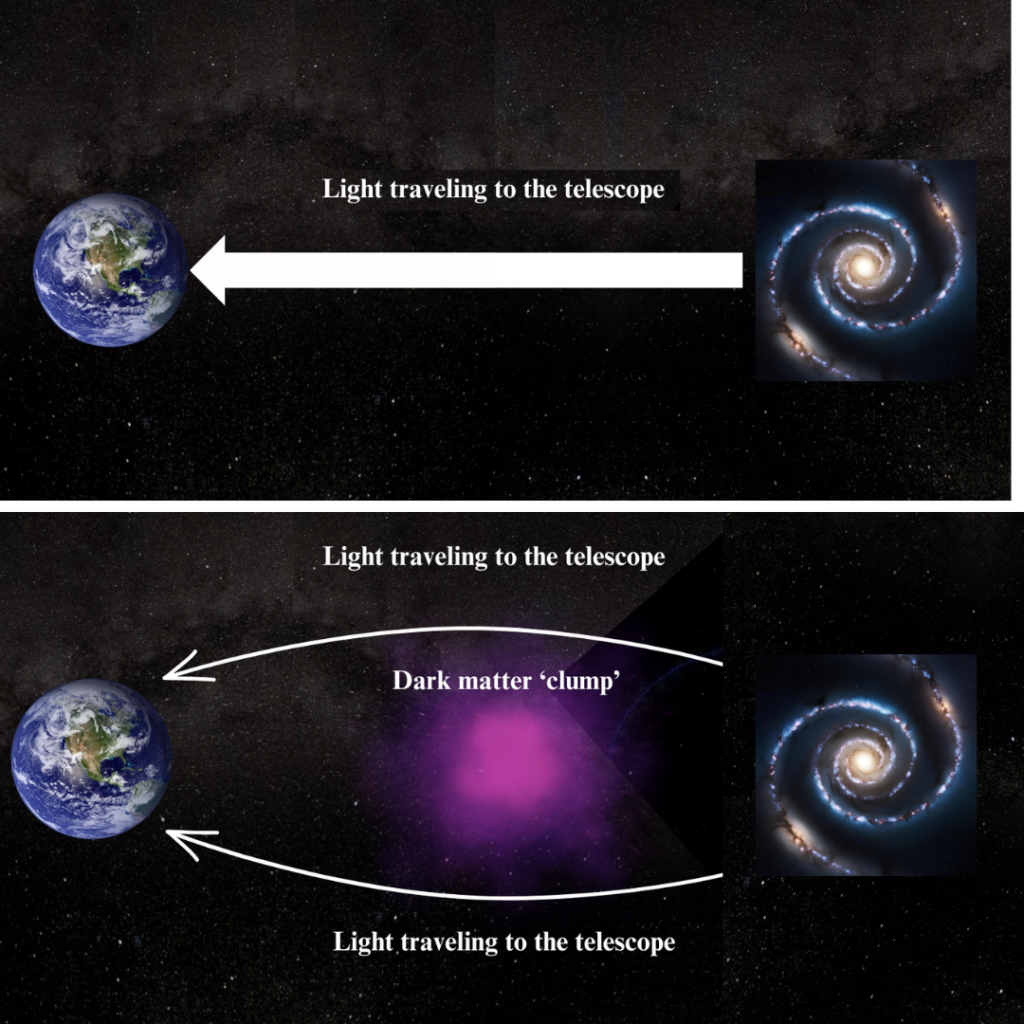A Chinese commercial space launch company is continuing its success with a small solid rocket ahead of a more ambitious launch later this year.
The Ceres-1 four-stage solid propellant rocket lifted off at 5:11 a.m. EST on Jan. 20 (1011 GMT; or 8:11 p.m. local time) from the Jiuquan Satellite Launch Center in the Gobi Desert, northwest China. Galactic Energy, the Ceres-1 manufacturer and operator, announced in a statement that five satellites had been successfully inserted into preplanned orbits.
Aboard the flight were four Yunyao-1 commercial meteorological satellites (satellites 37-40) and the Jitianxing A-05 satellite for K-Space Aerospace Technology based in Sichuan Province. The Yunyao-1 satellites feature GNSS occultation (GNSS-RO) payloads which discern weather data by detecting changes in signals from GPS and Beidou satellites as they pass through the atmosphere. The Jitianxing A-05 satellite carries a hyperspectral camera to capture remote sensing imagery of the Earth.

Galactic Energy is one of the early successes from China’s commercial space sector, with a launch record which stands at 17 launch attempts and 16 successes.
You may like
The company also plans to launch its first, more complex liquid propellant launch vehicle later this year. The Pallas-1 rocket—like Ceres-1 it is also named after a major planetary body in the main asteroid belt—uses a kerosene-liquid oxygen propellant mix and will eventually be adapted so that the first stage can be recovered and reused.
Related Stories:
While the 62-foot-tall (19 meters), four-stage Ceres-1 can send 880 pounds (400 kilograms) to low Earth orbit (LEO), the 138-ft-tall (42 m) Pallas-1 will be capable of sending up to 17,630 pounds (8,000 kg) to LEO.
Monday’s mission was China’s fourth orbital launch of 2025, following launches that sent a satellite refueling test spacecraft, navigation enhancement satellite and an Earth observation satellite for Pakistan into orbit.



